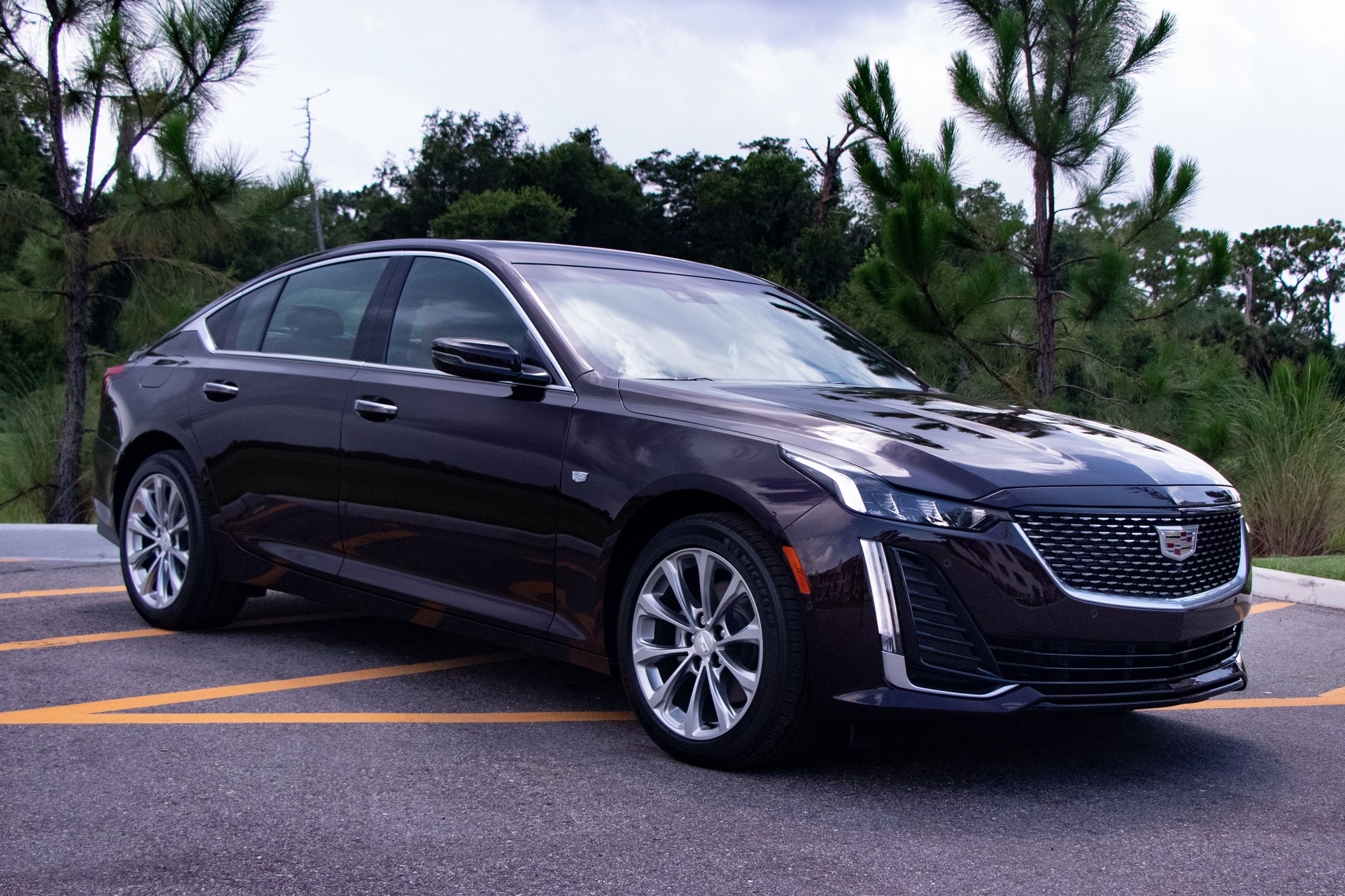
One of the benefits that proponents of the 5G network like to tout is the fact the technology would be the foundation that allows self-driving cars to really gain a foothold on our roads. With blazing fast 5G speeds, an automated car could "talk" to other cars on the road with virtually zero lag time, allowing the two to share information about their location, road conditions, and the state of traffic in order to avoid hitting other vehicles and steer clear of hazards.
But to reach a point where that kind of scenario is possible, the hardware in our current vehicles needs to be upgraded. General Motors is jumping the gun in that area, not necessarily by giving its new vehicles 5G capabilities, but by debuting a new digital platform that will make its cars capable of processing data at the speeds 5G can handle as well as help enabling the adoption of next-generation electric and autonomous technology.
The new technological platform will debut on the 2020 Cadillac CT5 and will trickle down to almost all GM vehicles by 2023. Paramount to GM's new platform is an increased bandwidth that will enable systems like computerized EV powertrains, advanced safety features, and semi-autonomous functions like Super Cruise to operate seamlessly in conjunction with one another.
The new architecture enables more rapid communications between systems both inside the vehicle and to outside sources with the help of Ethernet connections that can handle 100 Mbs, 1 Gbps, and 10 Gbps transfer speeds. In terms of overall bandwidth, the new platform will be able to process 4.5 terabytes of data per hour. That represents a five-fold increase in capacity over GM's current platform, but it'll be a necessity given that modern cars already produce gobs of data and because future cars will only make more.
"The critical role of software and its importance to our vehicles, both now and for years to come, cannot be overstated," said GM President Mark Reuss. "Our new digital vehicle platform and its eventual successors will underpin all our future innovations across a wide range of technological advancements, including EVs and expanded automated driving."
In order to ensure the system stays robust once cars leave the factory, GM is giving the hardware over-the-air update capability, just like a Tesla, making it easy to patch broken software or improve semi-autonomous systems by giving them the latest algorithms. That opens up the possibility of cyber attacks since hackers could theoretically break into a car's computers remotely using the update system, but GM claims that its new architecture has been built with the highest regard to cybersecurity. Given that the automaker hired the same cybersecurity experts who famously hacked into a Jeep so that they could better GM's systems, we have some hope that the update will help usher in the future safely.
